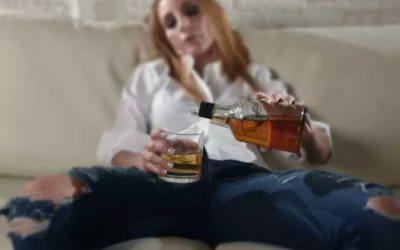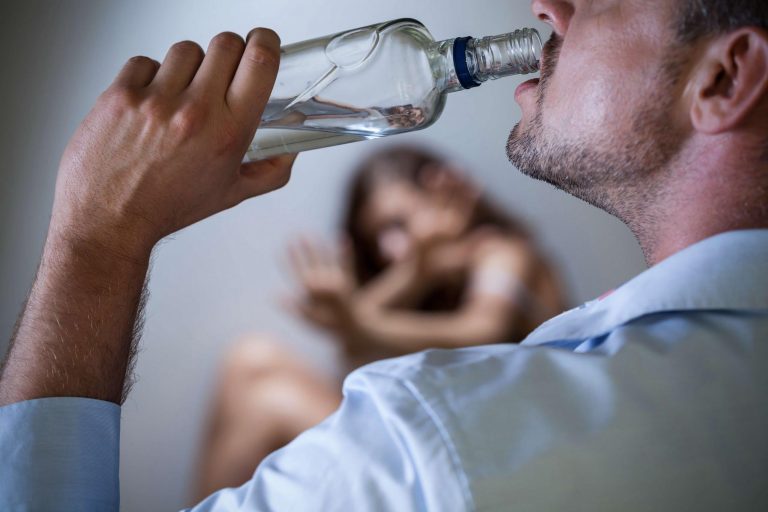Content
The first step in treating addiction to any substance is to remove all traces of the substance from the body. Unfortunately, many people attempt to quit drugs or alcohol on their own, which almost never works. No matter what the substance or the person’s history of abusing it, the withdrawal phase is where most people fail when trying to fight addiction alone. Macronutrients are those your body needs in large amounts each day to function. Micronutrients are just as important, but you don’t need to consume as much of them to stay healthy.
It may also depend on any other physical and mental health issues an individual has. There hasn’t been a lot of research on the role of nutritional therapy in recovery from substance use yet. That said, some studies have found that it can boost your chances for a successful recovery. Other research shows that thorough nutrition education can improve the odds that you’ll still be sober after 3 months. The majority of people who try to quit drinking by themselves will fall back into old habits. There are many resources that offer help, and it’s crucial to find one that suits your needs.
B-Complex Vitamins for Recovering Alcoholics
They are so important that the Dietary Guidelines for Americans suggests 45% to 65% of daily calories should come from carbs. If individuals believe they have a problem with alcohol or if they drink more than the recommended amounts, they should speak with their doctor for support and advice. A good first step is to speak with a primary care physician who can provide treatment referrals and medications. They can also evaluate the person’s drinking patterns and overall health and work together to craft a treatment plan.
- Research shows that drinking a lot over a long time — as in alcohol use disorder — often leads to poor nutrition.
- Additionally, alcohol can block the body’s absorption of many of the nutrients from food.
- One option is high doses of oral vitamin B supplementation, which can help correct deficiencies without causing adverse effects.
- There are plenty of reasons to enjoy a drink or two, from unwinding after a long day at work or celebrating a life milestone.
- It may also depend on any other physical and mental health issues an individual has.
- Micronutrients are just as important, but you don’t need to consume as much of them to stay healthy.
Stopping opioid abuse and increasing fiber intake is the only way to get back on track after opioids have hijacked your nutrition. However, people who misuse alcohol may eat less food and commonly have deficiencies in zinc, magnesium, selenium, protein, and certain vitamins. If someone regularly drinks more than the recommended amounts of alcohol — one drink daily for women and no more than two drinks daily for men — they may experience negative health consequences. For example, their body may become dependent on the alcohol, and their brain chemistry may change.
Do alcoholics need vitamin supplements?
If your goal is to begin an empowering, holistic adventure to start living your best life beyond alcohol, check out Total Alcohol Recovery 2.0. There are at least nutrients that have been clinically shown to help people quit drinking and repair their bodies. Which ones are most beneficial for you will depend vitamins for recovering alcoholics on your biochemistry. Often there is a process of trial and error to determine the best possible supplement regimens, but luckily there are effective programs that can help. The good news is that, over time, you can repair your liver, regulate amino acids and retrain your brain to produce dopamine.
Drink plenty of water during the day to keep yourself hydrated. Whether you’ve suffered from alcohol withdrawals or you’re trying to help someone else, you’ll want to become familiar with the alcohol withdrawal vitamins and supplements listed below. Because alcohol depletes so many important nutrients from the body, the root causes of alcohol withdrawal symptoms are often nutrient deficiencies that have built up over time.
Vitamins That Increase Dopamine
The development of a nutritional plan for those in recovery involves planning out meals and determining an appropriate meal schedule that meshes with other activities in the treatment plan. In addition to dietary issues, alcohol affects how the body digests, stores, and uses nutrients. For example, it can decrease the secretion of digestive enzymes in the pancreas and impair nutrient absorption from the cells of the stomach or intestines. Long-term alcohol use can cause vitamin A levels to fall in the liver, the primary organ that breaks down alcohol and stores vitamin A. This occurs as both substances use similar pathways in the body to metabolize them.
If you can find a pure or reliable source of CBD, it might be worth trying as a supplement for alcohol withdrawal. Glycine is another amino acid used to make proteins in the body. It can be an especially good alcohol recovery supplement for people with liver damage. Studies show that glycine is useful in treating both alcoholic hepatitis and carcinoma caused by alcoholic cirrhosis. Even if you are not suffering from these conditions, taking glycine may help protect your liver if you have a history of heavy drinking. If you’re in recovery from alcohol use disorder, adding this supplement into your diet can help with anxiety, depression, chronic pain, and many other issues that might trigger alcohol cravings.
It’s well known that alcohol misuse causes vitamin B deficiencies, so this B-Complex blend is ideal for supporting healthy B vitamin levels during and after detox. Because B vitamins are so essential for your general health – especially thiamine (B1) which supports brain function – we believe they are some of the best https://ecosoberhouse.com/. First, you’ll need a full nutritional workup from your family doctor.
Many holistic healers believe there is a link between sugar and alcoholism. That is, when alcohol is consumed there is an initial energy rush, followed by a severe drop in energy due to dropping sugar levels (blood glucose levels). Giving clients the opportunity to practice good eating habits is essential, especially since food addiction can often replace drug addiction. This deficiency can lead to problems, such as slow wound healing, softening of the bones, skin problems, decreased blood clotting, and neurological damage.
What can help me stop drinking?
Eat beans, peas, lentils, pork, brown rice, and fortified foods like breakfast cereal. Not getting enough of this vitamin can lead to anemia, depression, confusion, and a weak immune system. Poultry, fish, non-citrus fruit, and starchy vegetables such as potatoes are good sources. There are plenty of reasons to enjoy a drink or two, from unwinding after a long day at work or celebrating a life milestone.




